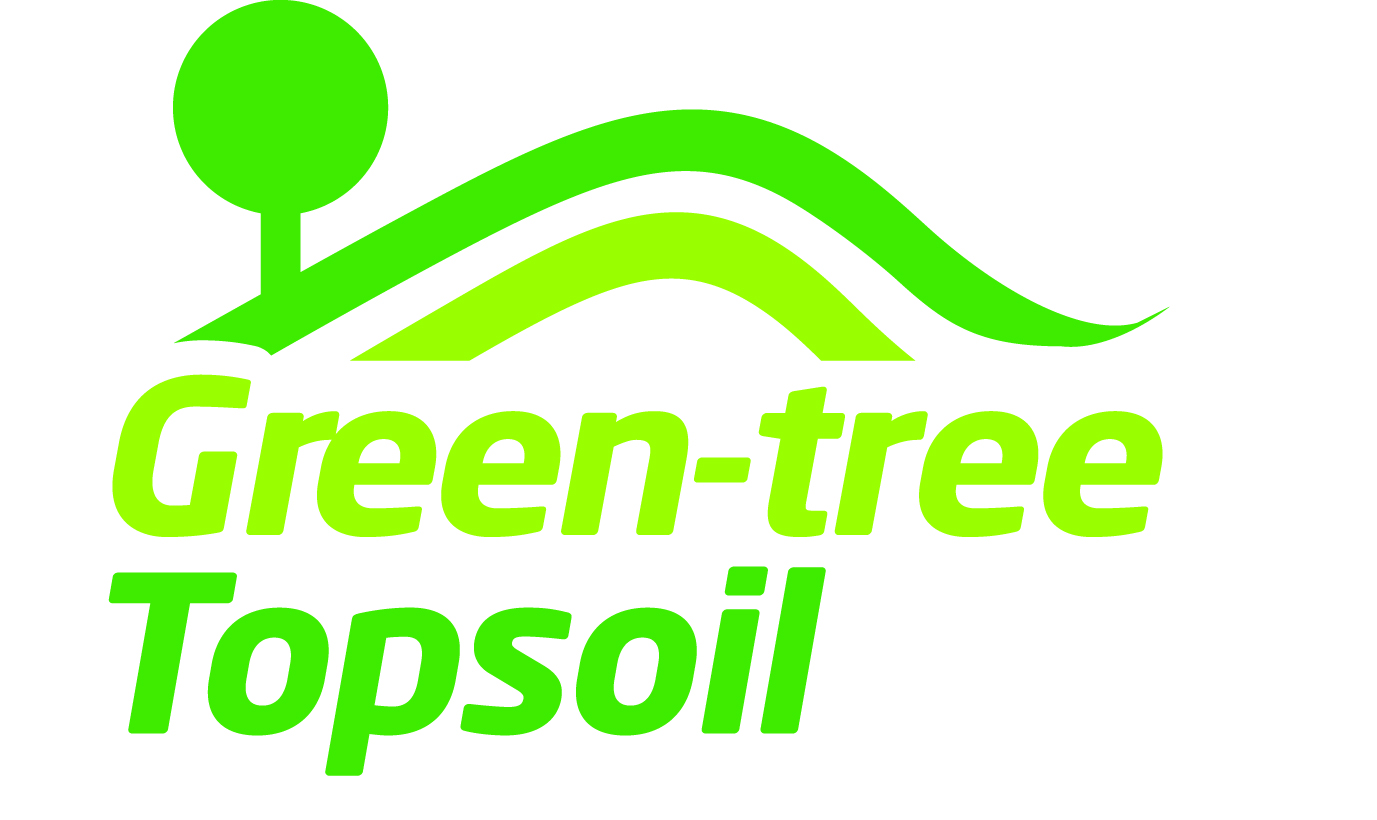Green-tree soil used in prestigious Manchester ring road planting scheme
.jpg)
Project:Great Ancoats Street, Manchester
Client: Manchester City Council
Main contractor: Colas
Landscape contractor: Plano Landscape Contractors
Product/services supplied: ArborRaft tree pit system, Green-tree amenity tree soil, Terracottem Arbor, anchors, irrigation, tree pit design & cad plans
Background:
Great Ancoats Street is one of the main arterial routes around the city centre and is a key part of the Manchester and Salford Inner Relief Route. Averaging 37,000 journeys most weekdays, it is an extremely busy road.
The neighbouring areas of the Northern Quarter and New Islington have undergone major improvement in recent times and the area around Great Ancoats Street is a prime location for both residential and commercial development.
Manchester City Councils plan to landscape the area focused on making the route more attractive and ensuring the area is natural extension of the city centre. It included planting in excess of 70 trees and laying new pavements to line the route.
The Project:
Green-tech was asked to advise the best way to integrate tree pits into the project. There were several challenges to overcome; the main one being the level of lateral loading from traffic, which made the use of geo-cellular units impractical. Another was the extremely narrow width of some of the central reservations, and how to maximise the rooting volume.
After debating various options, a plan of action was agreed that featured a combination of two solutions: For the tree pits within pavement areas ArborRaft units act as an extremely rigid, geo-cellular sub-base replacement, supporting the paving above, as well as protecting the friable, organic topsoil below from compaction. Working on a raft principle, a key benefit of using the ArborRaft System is that no plastic extends into the actual tree pit rooting area, unlike traditional deep-pit crate systems.
For the narrow central reservations, a more structural soil was required; one that could stand up to the lateral loading from the heavy ring road traffic. Green-tree Amenity Tree Soil was selected for its ability to cope well with compaction; even when consolidated, it retains its open structure, allowing free movement of air, water, and nutrients throughout the soil. It is a blend of native washed sand, the primary function being structural, with a small amount of PAS100 organic green compost added to help with growth. However, this does result in quite a fast-draining soil, with only a small amount of organic content. To combat this, we used a supplementary soil conditioner, TerraCottem Arbor.
Developed specifically for tree and shrub planting, TerraCottem Arbor comprises a mix of specialist hydro-absorbent polymers, growth precursors and volcanic rock. These dramatically improve water retention and microbiological activity, giving the trees a great nutritional boost during the all-important establishment phase. The white hydro-absorbent polymers expand many times in size when saturated, holding onto the water, and releasing it back into the soil during dry spells. The polymers will carry on doing this for a minimum of eight years, well after the trees have become established.
To save time and labour on site, Green-tree pre-mixed the TerraCottem Arbor with the Amenity Tree Soil ready for use.
Green-tech’s Specifier department in conjunction with MJM, designed and produced CAD drawings for the tree pits, which once approved by COLAS and the engineers, went before Manchester City Council for final sign off.
Over a period of eight months, 1,300 tonnes of Green-tree Amenity Tree Soil pre-mixed with TerraCottem Arbor, ArborRaft soil and subsoil, over 800m2 of ArborRaft units, 1.1kms of gtRootbarrier® 325, along with 70 tree anchors and Mona Link 24 irrigation reservoirs were delivered.
.jpg)
.jpg)
